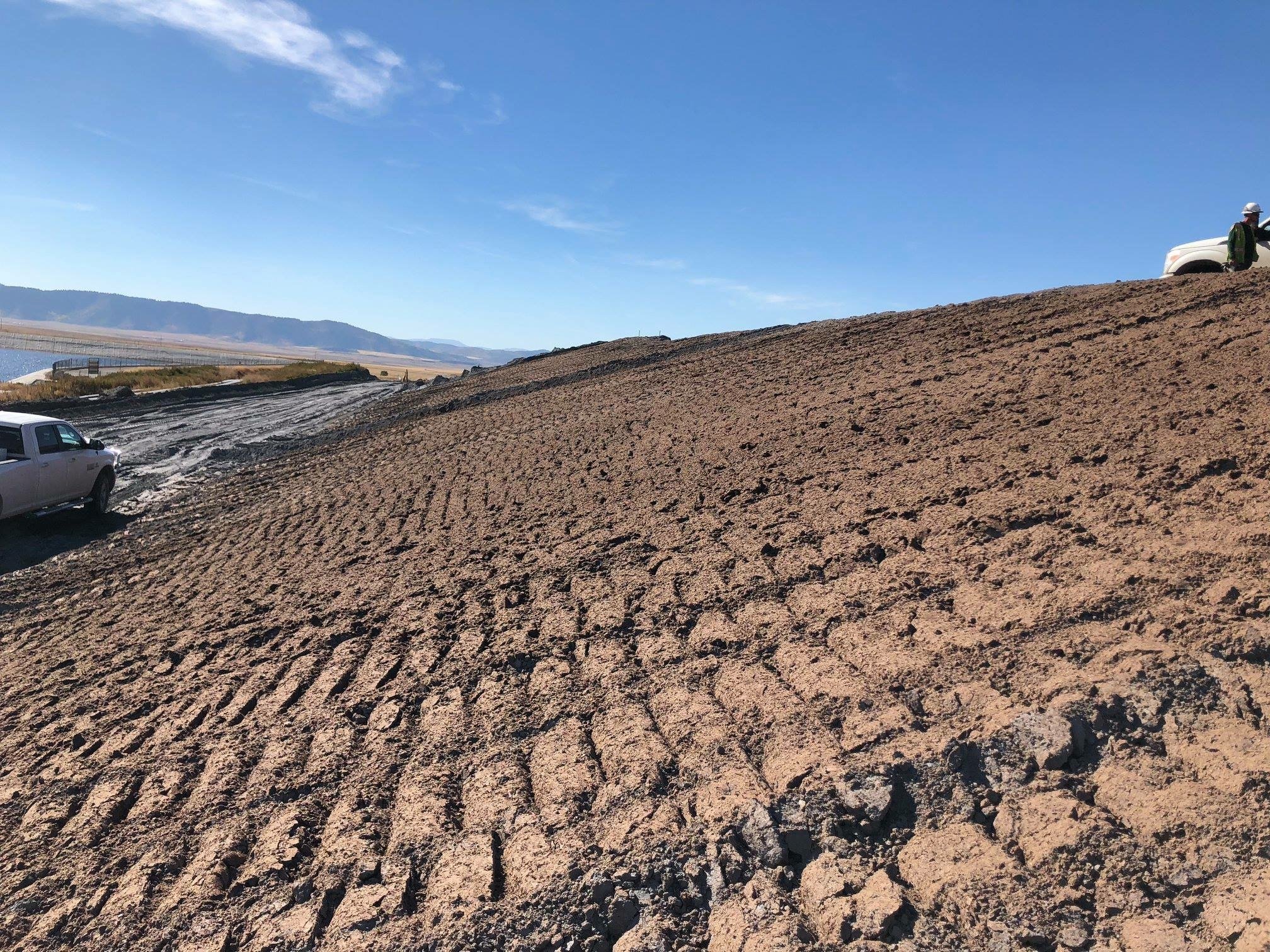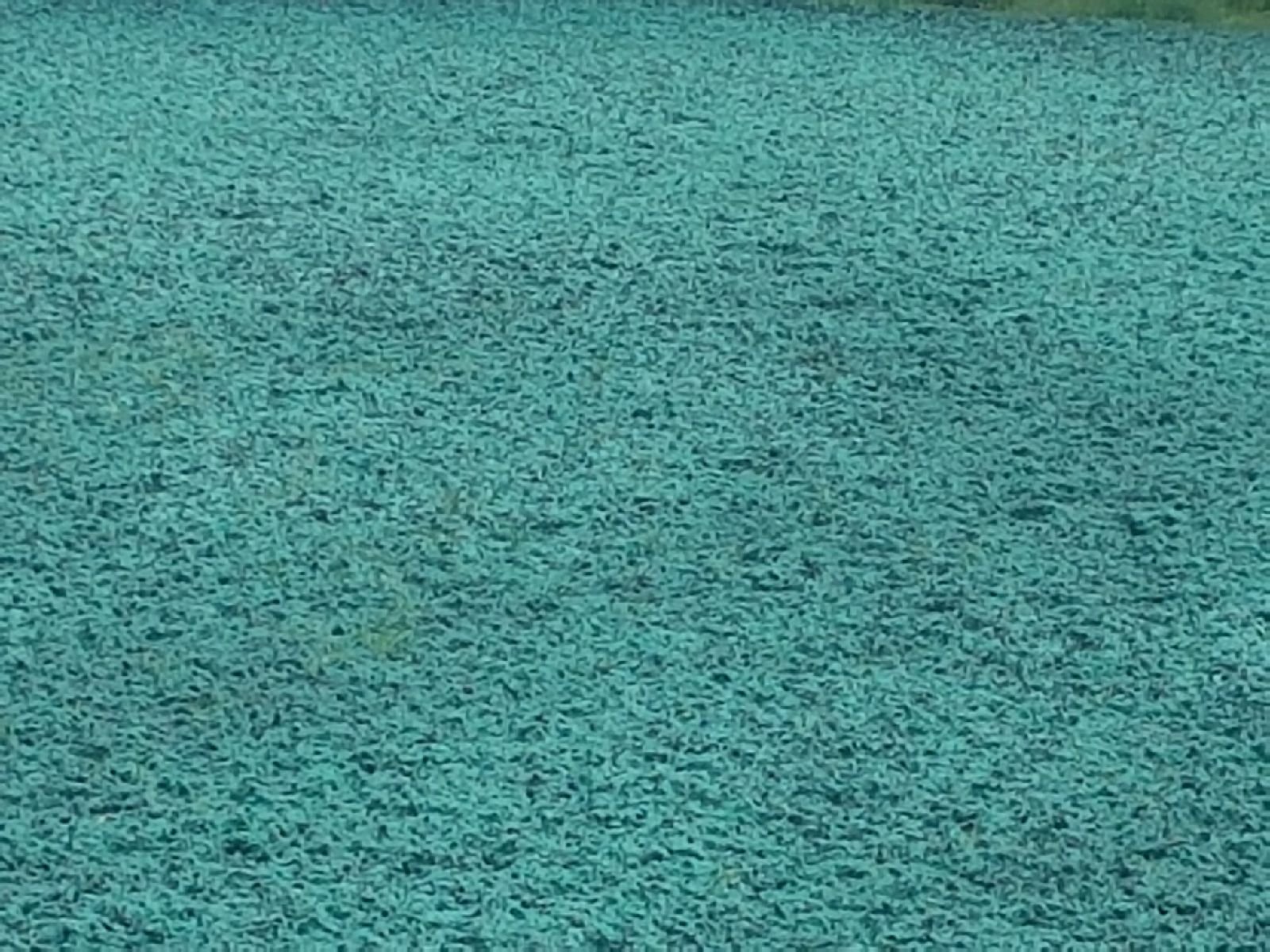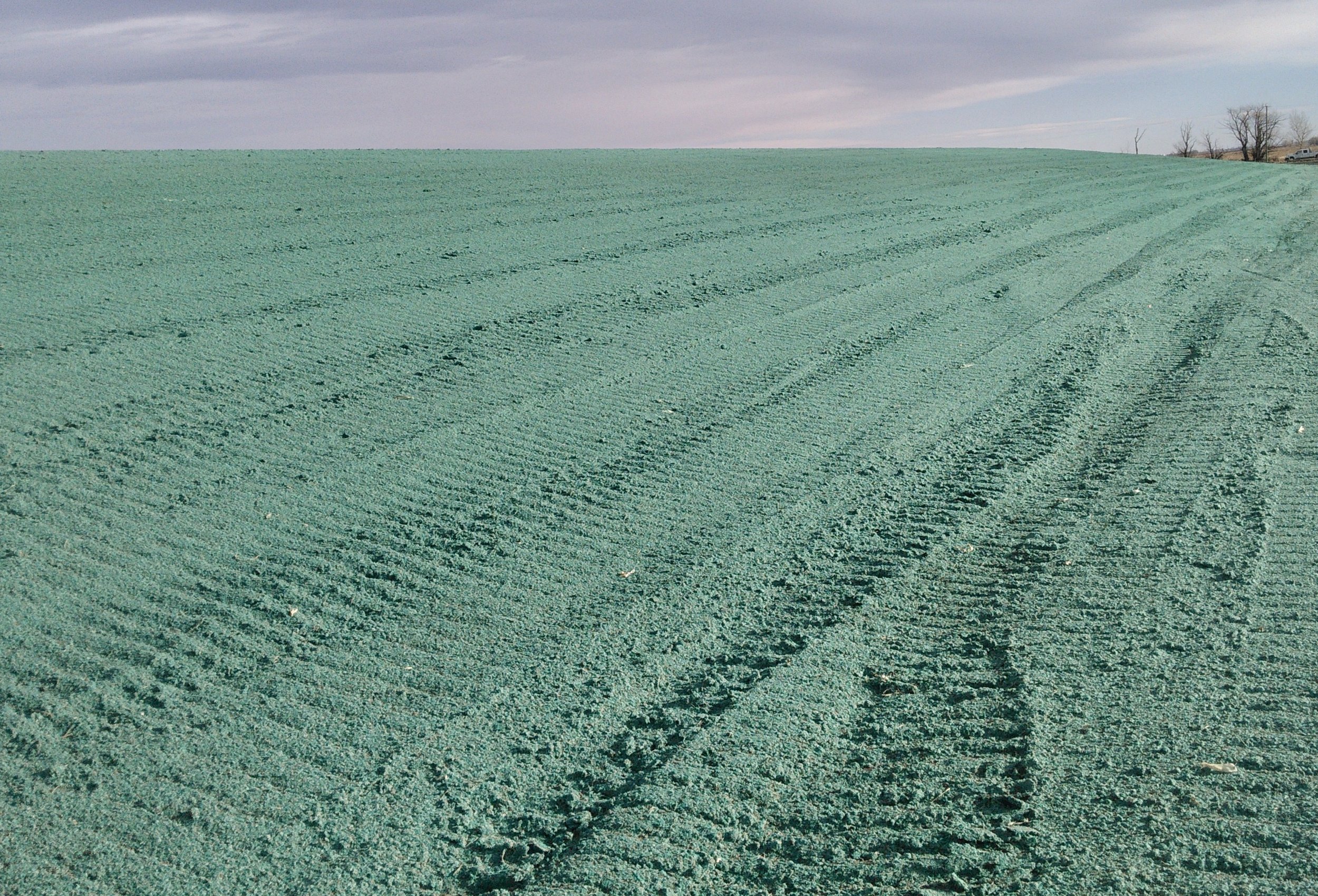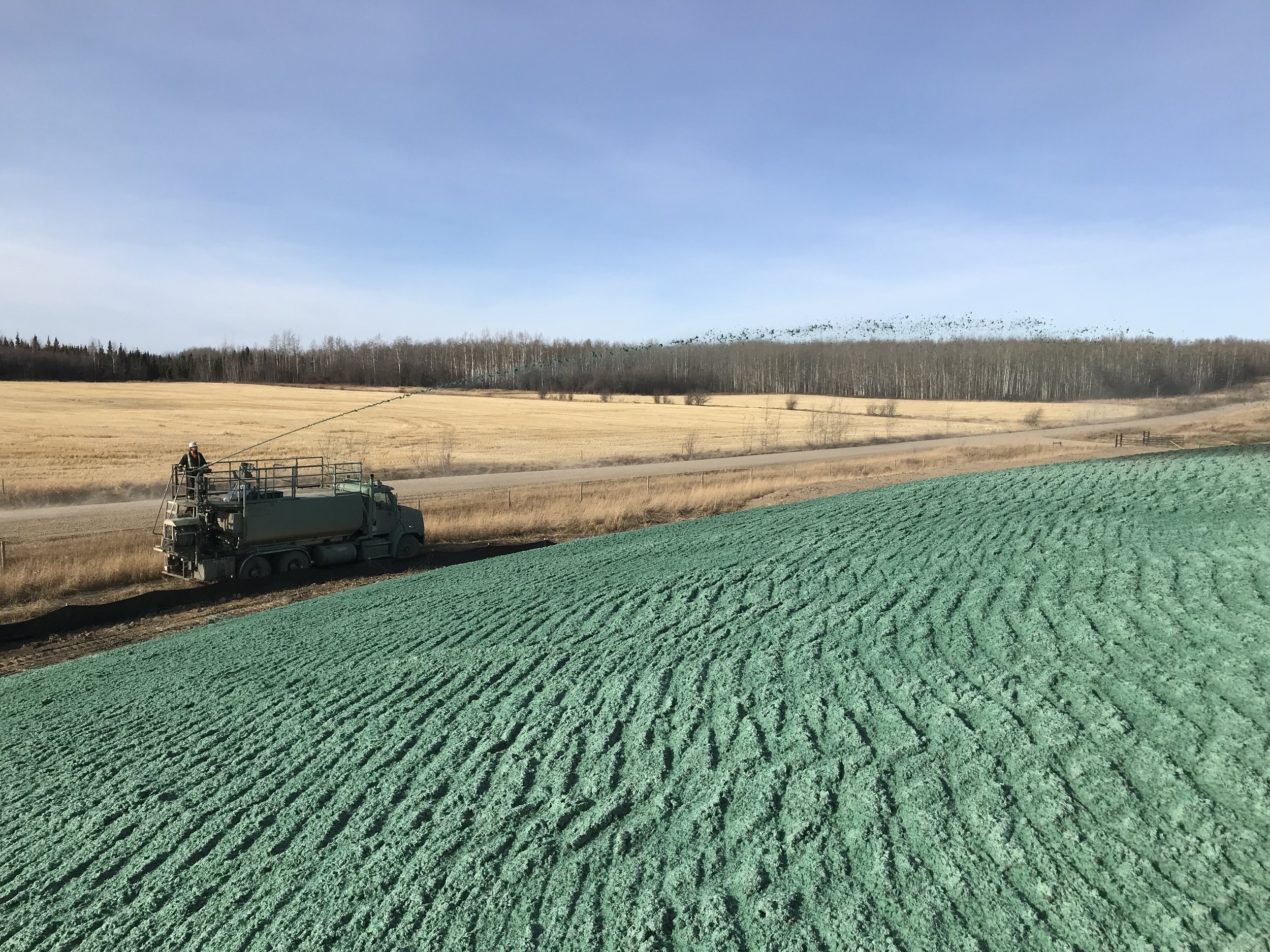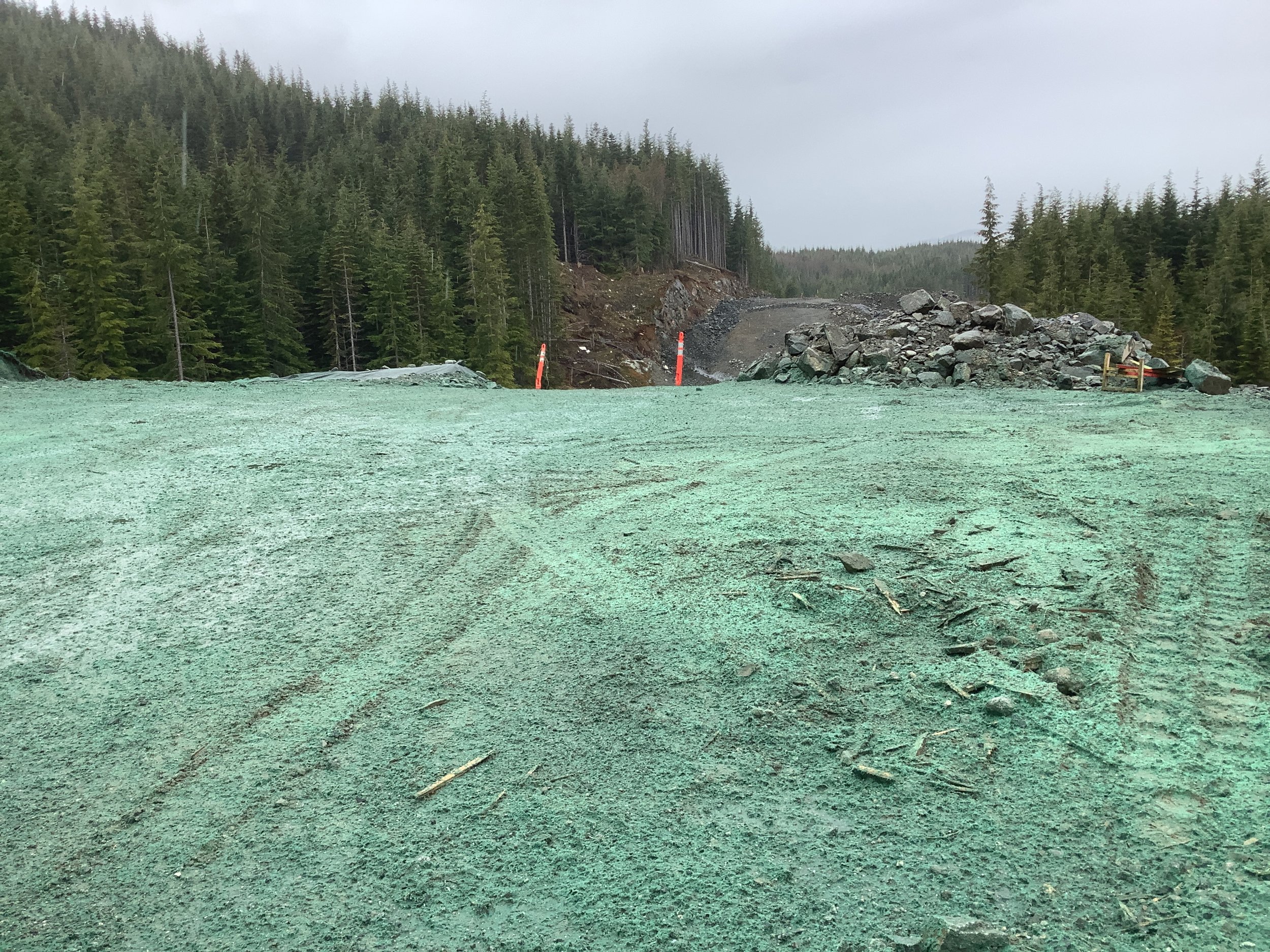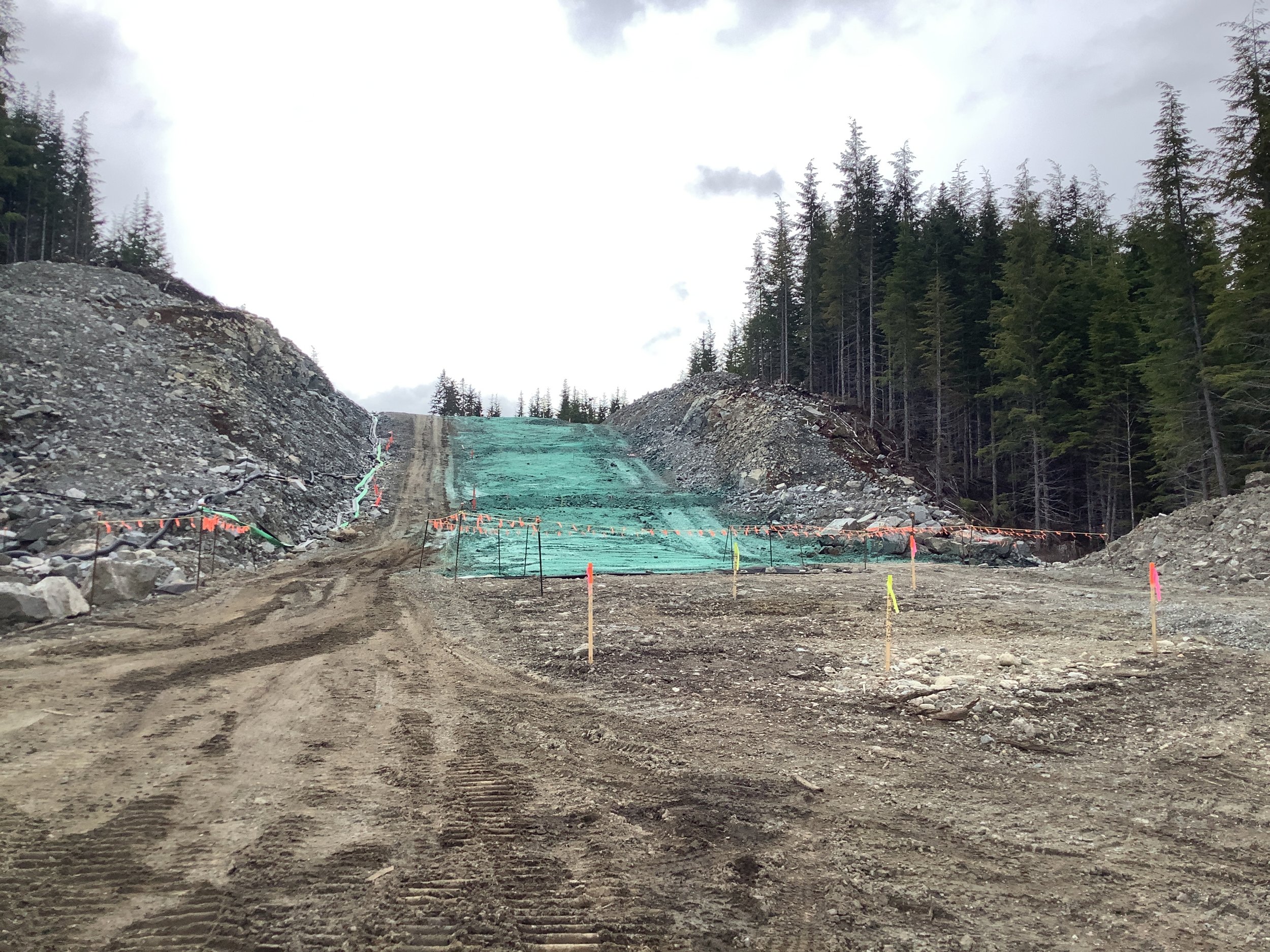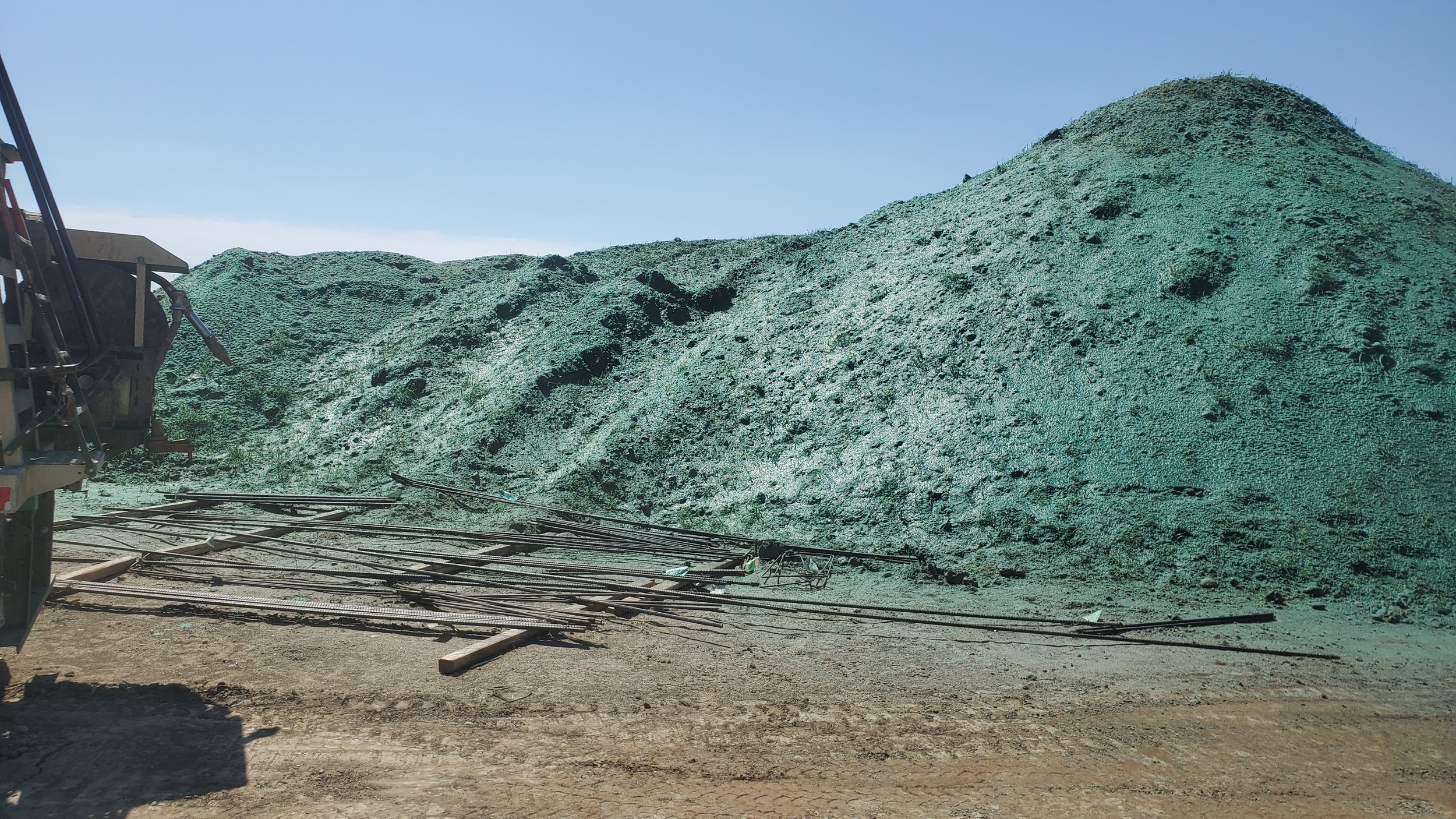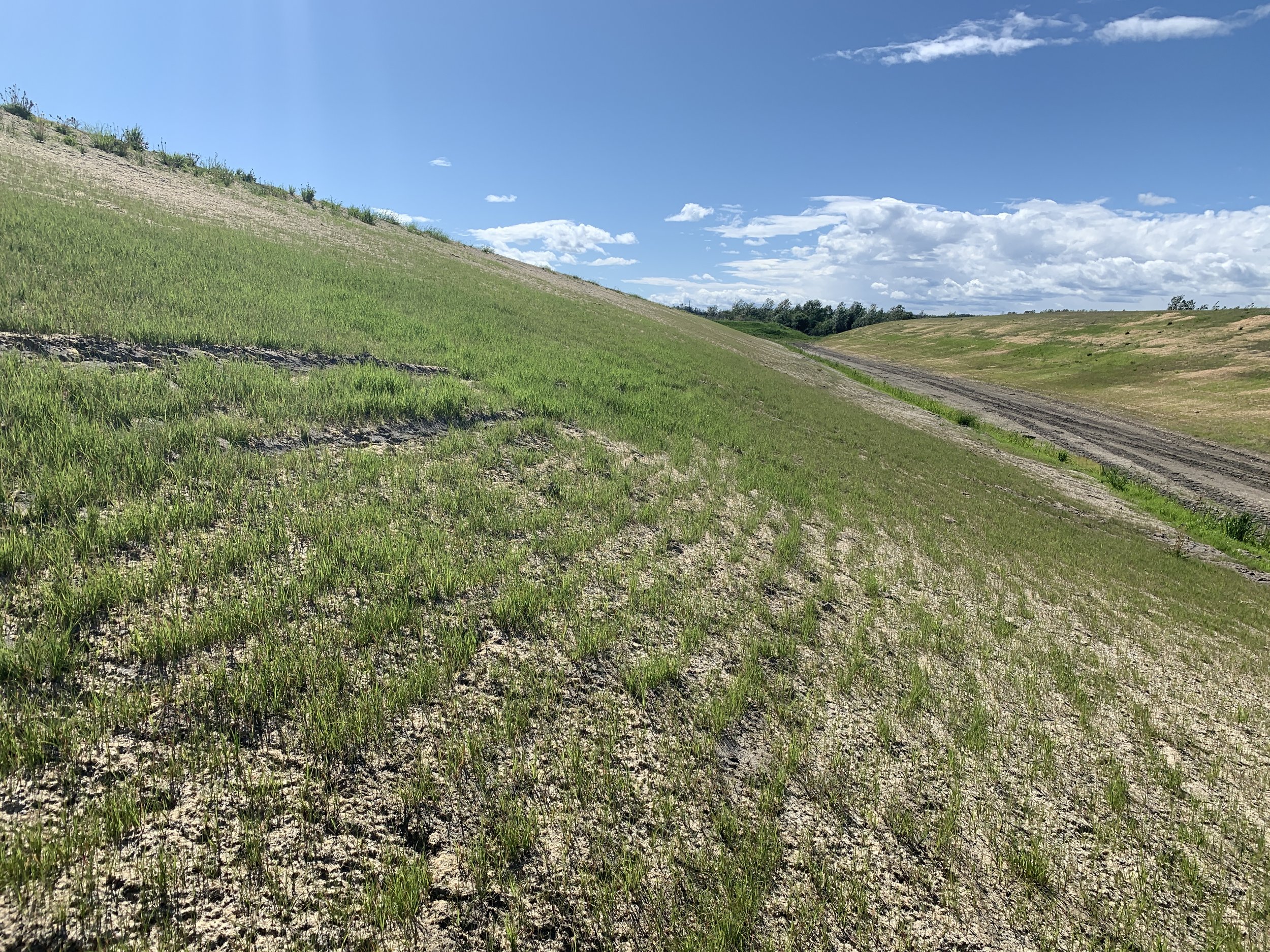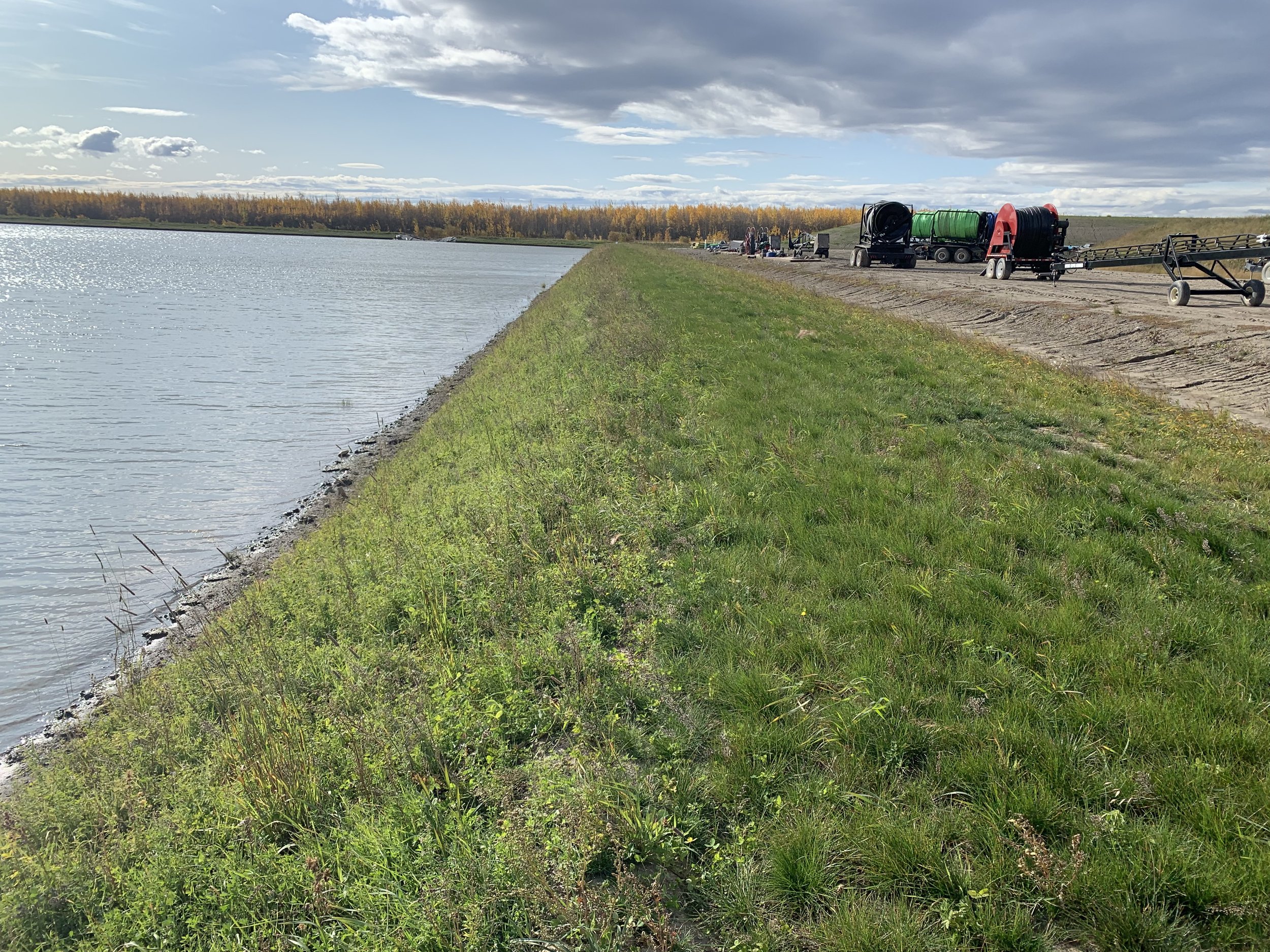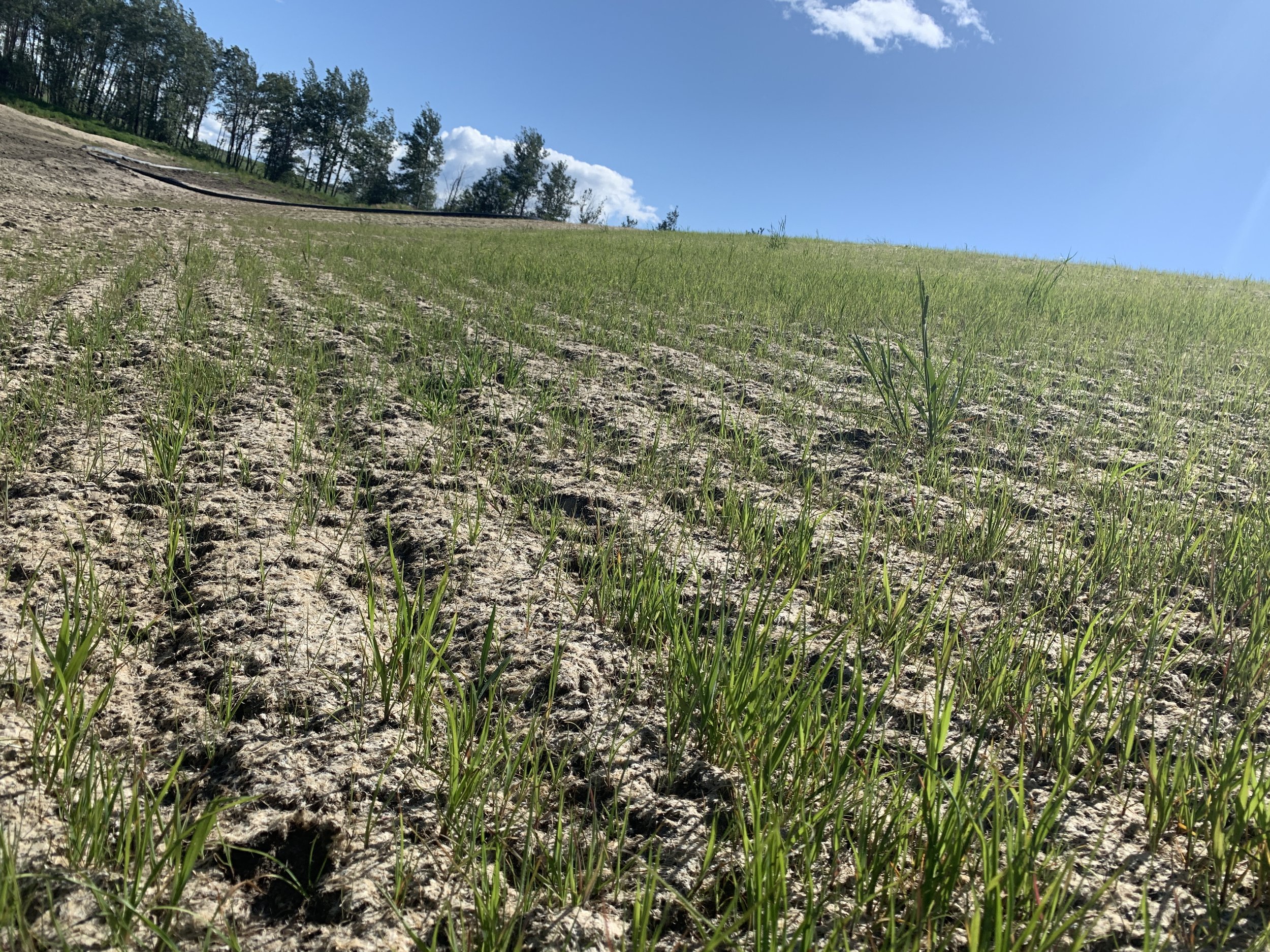Keys to Successful Hydroseeding Projects
Hydroseeding is a widely used technique for establishing vegetation on large areas of bare soil. It involves spraying a slurry of seed, mulch, fertilizer, and water onto the soil surface, which facilitates quick and efficient seed germination and overall growth.
To ensure successful hydroseeding, it is crucial to adhere to best practices and implement rigorous quality assurance and quality control (QA/QC) measures. Here are some guidelines to consider:
1. Site Preparation: Proper site preparation is essential before hydroseeding. Start by clearing the area of rocks, debris, and large vegetation. Additionally, roughen the soil or use a mechanical aerator to enhance seed-to-soil contact. Address any soil compaction issues that may hinder seed germination and root growth.
2. Seed Selection: Choose high-quality seed that is suitable for the specific site conditions, such as the desired plant species, soil type, pH levels, and climate. Consulting with a local agronomist or seed supplier can help determine the most appropriate seed blend for your project.
3. Mulch Selection: Select a suitable mulch material that will help retain moisture, prevent erosion, and protect seeds during germination. Common options include wood fibers, BFM, EFM, HP-FGM, Biotic Soil Media (BSM) or a combination of materials.
4. Fertilizer Application: Apply an appropriate fertilizer to provide essential nutrients for seedling growth. Consider using a slow-release fertilizer or follow recommended rates for quick-release fertilizers to avoid nutrient runoff and potential environmental issues.
5. Soil Sampling: It is essential to take a soil sample and have it analyzed before starting your hydroseeding project. A soil test provides valuable insights into the soil's nutrient content, pH levels, organic matter, and texture.
This information is crucial for tailoring a comprehensive hydroseeding plan to the specific site conditions, including selecting the right seed and fertilizer.
Implementing these guidelines and investing in thorough QA/QC measures such as mulch bag count ,seed tags ,fertilizer bags, measuring areas to calculate the correct amount of material needed based on site specifications and conditions will greatly increase the chances of successful hydroseeding.
Regular monitoring, proper maintenance for the region you are spraying in and adjusting how you apply the seed and mulch (maybe you drill seed and then apply the mulch over the top of seed bed) this practice is great for drier regions.
You should make adjustments to your watering program during the growth phase will further enhance the establishment and long-term viability of the vegetation you are trying to accomplish.
#teamcec2024 #reclamation #oilandgas #oilandgasindustry #rejuvenation #erosioncontrol #profileproducts #flexterra #proganics #soiltest #bestpractice #QA/QC
www.cerosion.com

